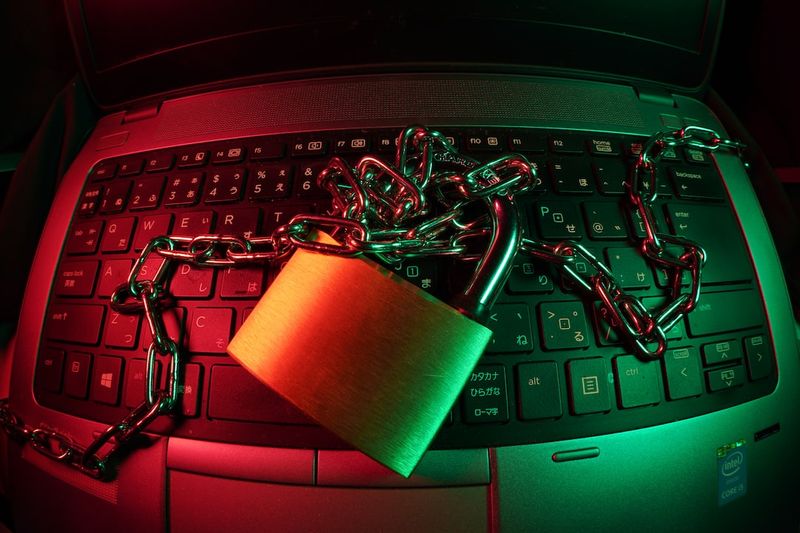Democratizing the Cybercrime Landscape: The Rise of SapphireStealer
Introduction
The world of cybercrime is constantly evolving, and one recent phenomenon that is causing concern among cybersecurity experts is the rise of an open source infostealer called “SapphireStealer.” This malware, initially published by a Russian hacker named Roman Maslov, has quickly gained popularity among cybercriminals due to its simplicity and effectiveness in carrying out data-theft attacks. Since its release, numerous hackers have adopted SapphireStealer, modified its code, and released new variants, creating a reinforcing feedback loop that makes the malware more potent and attracts more attackers.
Understanding SapphireStealer
SapphireStealer is a .NET-based infostealer that allows hackers to grab files in popular formats, such as PDFs, documents, and images, as well as capture screenshots and credentials from Chromium browsers like Google Chrome, Microsoft Edge, and Yandex. The stolen information is packaged into an email and sent back to the cybercriminals, along with data about the targeted machine, such as its IP address and operating system version. After exfiltrating the data, SapphireStealer deletes any evidence of its activity and terminates.
When it was first released on GitHub by Maslov, SapphireStealer had some flaws and inefficient code execution flow. However, these issues started to be addressed in the following months as new variants of SapphireStealer emerged. These variants not only cleaned up the code but also expanded its functionality. Some of them extended the list of file formats that SapphireStealer could steal, while others replaced the email function with the Discord webhook API or transmitted log data via a Telegram API to alert attackers of new infections.
The Democratization of Cybercrime
The evolution of SapphireStealer reflects a larger trend in the cybercrime landscape: the increasing accessibility and democratization of hacking tools and techniques. As Edmund Brumaghin, threat researcher for Cisco Talos, points out, open source stealers like SapphireStealer are lowering the barrier to entry for individuals interested in information stealing. Non-technical hackers no longer need coding skills or operational security knowledge to carry out these attacks.
This accessibility, while concerning, has broader implications. SapphireStealer and similar malware may serve as a gateway for more serious attacks on larger enterprises. Brumaghin mentions that organizations often underestimate the threat posed by information stealers compared to higher-profile threats like ransomware. However, information stealing attacks can be precursors to more advanced cybercrimes, including ransomware attacks and espionage. Adversaries use information stolen by these stealers to monetize their activities, selling credentials to other threat actors who can then exploit them for further malicious purposes.
The Interlinked Nature of Cyber Threats
It is crucial for organizations to recognize the interconnected nature of cyber threats in today’s evolving cybercrime economy. As SapphireStealer and similar stealers continue to mature and grow, the distinction between different types of cyber threats becomes blurred. Information stealers act as enablers for more damaging attacks, and organizations must be mindful of this relationship.
To mitigate the risk posed by SapphireStealer and similar malware, organizations need to prioritize cybersecurity measures focused on credential protection, access control, and monitoring for signs of information stealing activity. Training employees on best practices for email and web security is also essential for preventing initial infection.
Conclusion
The rise of SapphireStealer highlights the democratization of cybercrime and the increasing accessibility of hacking tools. As the malware evolves and gains more traction among cybercriminals, the potential for more serious attacks on larger organizations escalates. To counter this threat, organizations must recognize the interconnected nature of cyber threats and implement robust cybersecurity measures that extend beyond traditional perimeter defenses.
By educating employees, implementing strong security policies, and leveraging advanced threat detection and response technologies, organizations can better protect themselves from the dangers posed by SapphireStealer and other information-stealing malware. The collaboration between security researchers, law enforcement agencies, and the private sector is also crucial in identifying and mitigating the risks posed by these evolving cyber threats.
Keywords: Cybersecurity, cybercrime, malware, SapphireStealer, information stealing, cyber threats, hacking tools, credential protection, cybersecurity measures

<< photo by Dan Nelson >>
The image is for illustrative purposes only and does not depict the actual situation.
You might want to read !
- Cybersecurity Crisis Unleashed: Lessons Learned from Paramount and Forever 21 Data Breaches
- Should Businesses Prepare for Follow-On Attacks After Paramount and Forever 21 Data Breaches?
- The Growing Importance of International Cybersecurity Collaborations: UK Joins Forces with Kuwait to Support a New Cybersecurity Center
- The Rising Threat: OpenFire Cloud Servers Under Siege in Cyberattacks
- Apple’s iPhone 14 Pro to Step Up Security with Inclusion in 2024 Research Device Program
- The Rise of MMRat: How an Android Trojan Exploits Accessibility to Execute Remote Financial Fraud
- Apple’s iPhone 14 Pro: Opening Pandora’s Box of Hacking Opportunities
- Title: Unleashing the Power: Apple iPhone 14 Pro Opens Doors to Hacking Community
- California’s Privacy Battle: Protecting Personal Data vs Business Interests
- The Dangers of Twitter’s Collection of Users’ Biometric Data
- Weaponizing Technology: Tracing the Evolution of ICS-Tailored Attacks
- “WordPress Migration Plugin: An Open Door for Attackers”




